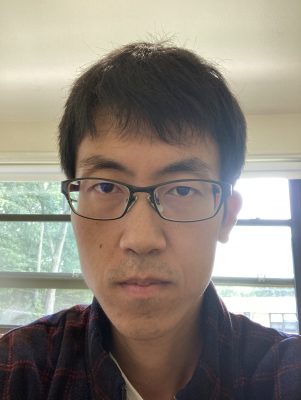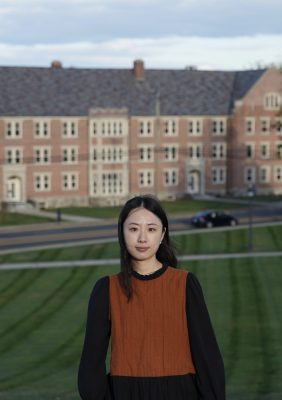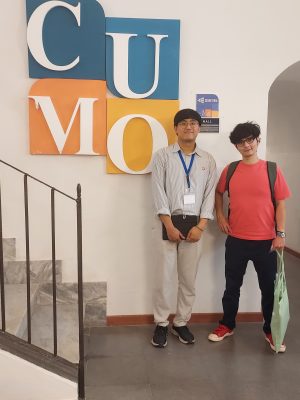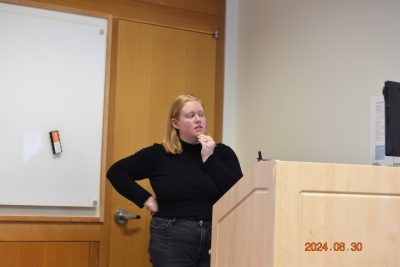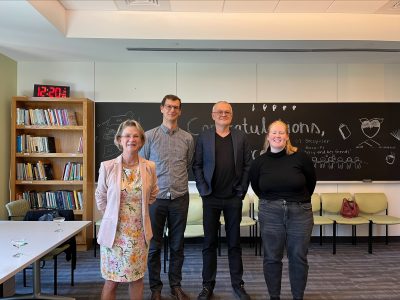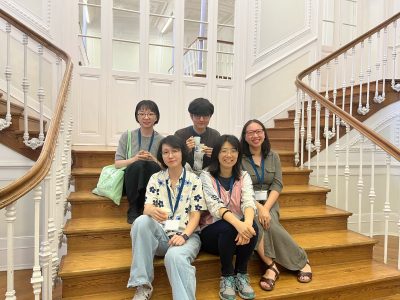
Hi, I’m Heesun Yang. I am from Seoul, Korea. I received my BA in English Literature & Linguistics, and MA in English Linguistics at Dongguk University. My interest in linguistics began during my undergraduate studies when I first encountered tree structures. I was fascinated by how sentences could be analyzed this way, and this has driven me to pursue linguistics ever since. Currently, I am primarily interested in Syntax and its interface with Semantics.
Besides my academics, I enjoy cooking, shopping, and spending time with family and friends. I get especially energetic when the weather is nice and I love taking a walk on beautiful days.
I am excited to be a graduate student at UConn and looking forward to my time here!
